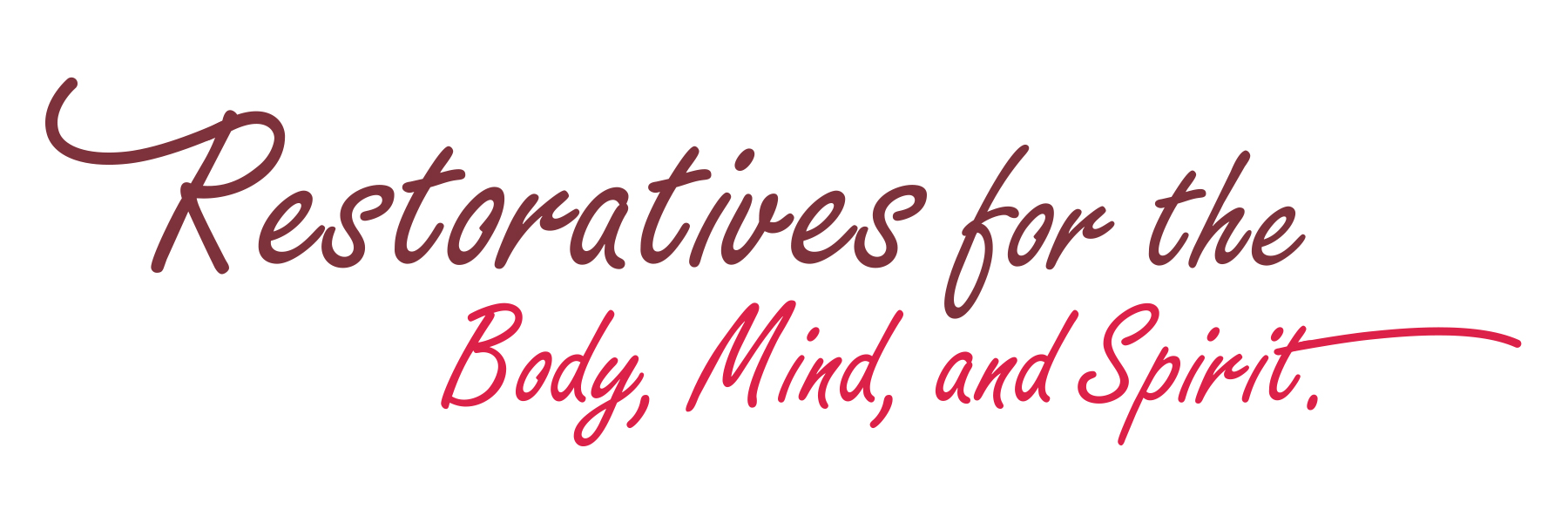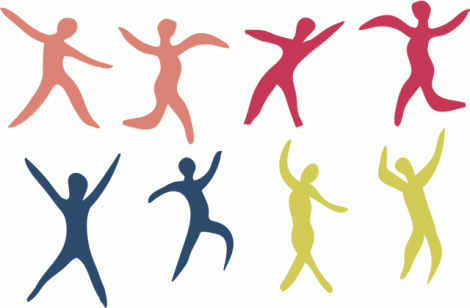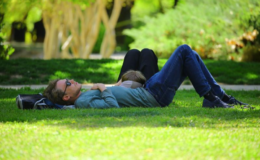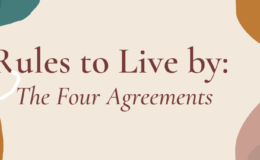“Sitting is the new smoking.” Have you heard that expression lately? When I see so many people spending hours watching Netflix and YouTube videos while having meals delivered to their door, it reminds me of the scenes in the Pixar film Wall-E just sitting with their feet up, a milkshake in one hand, and a remote control in the other. It turns out that high levels of inactivity contribute to poor physical, emotional, and mental health and there’s an easy fix – simply move more.
Exercise is like a healthy diet. We all know we need to do it, and it easily ends up turning into some sort of chore and part of our to-do list. Did you know that someone who hits their gym quota just to spend the rest of the time sitting at a desk or driving or other sedentary activities can still be at heath risk for inactivity? It’s about having consistent periods of movement through the day. We are at a point that many of our daily habits and routines do not incorporate sufficient movement to promote optimal cellular function as well as mental and emotional wellness. It didn’t happen by accident, but it’s time to pay attention. Considering the idea of increased physical activity all day long rather than just isolated periods specifically dedicated to exercise will get us off to a good start.
Not only are we not moving, our movements tend to be quite limited, activating only a small set of muscles and postures. For example, these day, most of us don’t even have to turn our bodies and necks when reversing the car because we have cameras rear view cameras in the car to look at instead. Move more literally means more kinds of movements too, not just more of what we’re already doing. When was the last time you sat on the floor? Sitting on the floor and standing up from sitting on the floor engages a whole set of movement patterns in your body. It may be uncomfortable, but that’s just because we don’t do it often enough. Movement includes wrist and ankle rolls while laying in bed, moving your head from side to side in the shower, side stepping to the kitchen, spinning in circles and shaking your booty to your favorite tunes. Movement is crawling on the floor with your small child. It’s reaching, kneeling, hanging, squatting, twisting, jumping, pushing, pulling, balancing, and anything you can imagine. Fidgeting is movement too, so if you’re a fidgeter, then go for it! It’s actually much easier than we make it out to be when the gold standard has been sessions at the gym for so long.
In a 2012 study entitled, “Lack of Exercise is Major Cause of Chronic Disease” The Comprehensive published in the Journal of Physiology, researchers cite lack of exercise as a major cause of chronic disease. This includes heart disease, diabetes, obesity, fatty liver disease, cancer, insulin resistance, metabolic syndrome, osteoporosis, osteoarthritis, stroke, pain, constipation, and even anxiety and depression. Notice that this is not limited to physical health problems.; mental and emotional health is equally at risk in relation to lack of movement. In this study, inactivity was cited as the PRIMARY cause of 35 different conditions. Physical activity and movement are related to strength, balance, and flexibility. Movement is good for us any way you look at it. My favorite quote from the study is: “Physical activity is the primary prevention of physical inactivity.” This really means that it’s not enough to know that we need to do it, we actually have to do it – get out there and MOVE!
Movement increases focus, attention, clarity, and even creativity. When I was in graduate school a few years ago, it was the first time that I consciously recognized that I could think much better when moving. Sitting at my desk with all my books and notes just wasn’t making the ideas flow. I expect this may be the case for many of us. Have you ever gone for a walk and been filled with ideas or inspiration? Or had unexpectedly interesting and deep conversations while hiking? Even now, a huge part of my writing process is heading out for a walk to allow my ideas to percolate and develop before sitting down with my notebook. That may explain my history of “productive procrastination”. Those times when I would have a need to clean the whole house prior to writing a paper or doing a project. The movement in combination with the clearing of the space allows room for ideas to flow. Apparently, Charles Darwin did this too. He created a path around his property known as the Thinking Path. He would even go to the degree of evaluating how many circuits he would need to do to solve a particular problem. The harder the problem, the more walking it would require. This is particularly interesting because it’s contrary to our typical defaults today. When our problems get harder, we tend to spend less time moving and more time at the office. Is it possible that we’ve gotten it all mixed up?
In addition to Darwin, there’s plenty of historical wisdom connected to physical activity. Hippocrates is known to have said, “Walking is a man’s best medicine” around 450 B.C. and also related both food and physical activity to health in equal parts. In ancient India, it was believed that a sedentary life disturbed equilibrium in the body. Additionally, Benjamin Franklin believed that rigorous physical activity and fresh air led to the prevention of disease. He is known to have worked out with dumbbells to increase both heart rate and body temperature for the purpose of maintaining vital health, a great example to follow.
We know we need to move more, now what? One way is to consciously choose things that are inconvenient. This can be challenging when we are bombarded by messages that convenience is the answer to our problems. Walk 5-10 minutes to pick up some lunch instead of using a delivery app on your smart phone. Cut vegetables instead of buying them already cut. Take the stairs instead of the escalator. Not to say that all modern conveniences are inherently bad, they can allow for more time to spend with family or other things in our life that we enjoy. However, it’s important to be mindful and consider these trade-offs and how they are impacting our overall movement levels. Also, we need to stop making time an excuse and just do it. In my opinion, the question of time also involves reflecting on our relationship with technology. Technology is supposed to save us time, yet it ends up consuming much more than we anticipate; yet another contradiction in this discussion. For many of us, the next step is to set an intention and make a commitment. This is a necessary step to create focus. Then make a plan and get started. Intention and commitment are the key to keeping that plan.
If you are physically capable, just start moving more in any way you find most fun and interesting and that feels good. Some may have reduced strength and flexibility or health issues that limit available movement. In this case, do whatever is available to you. Move your head, neck, arms, and fingers in all different directions. It’s even important to move our eyeballs in different directions or they too can lose flexibility. Even in a seated position, you can put on some good music on and shake your head and shoulders, wiggle your toes, and make movements to the beats, and get your hands and arms in the air too. For those who are able, really go for it! Remember that movement should feel good and be fun too. Make it social and include family and friends to enjoy and receive all the health benefits of more movement.







